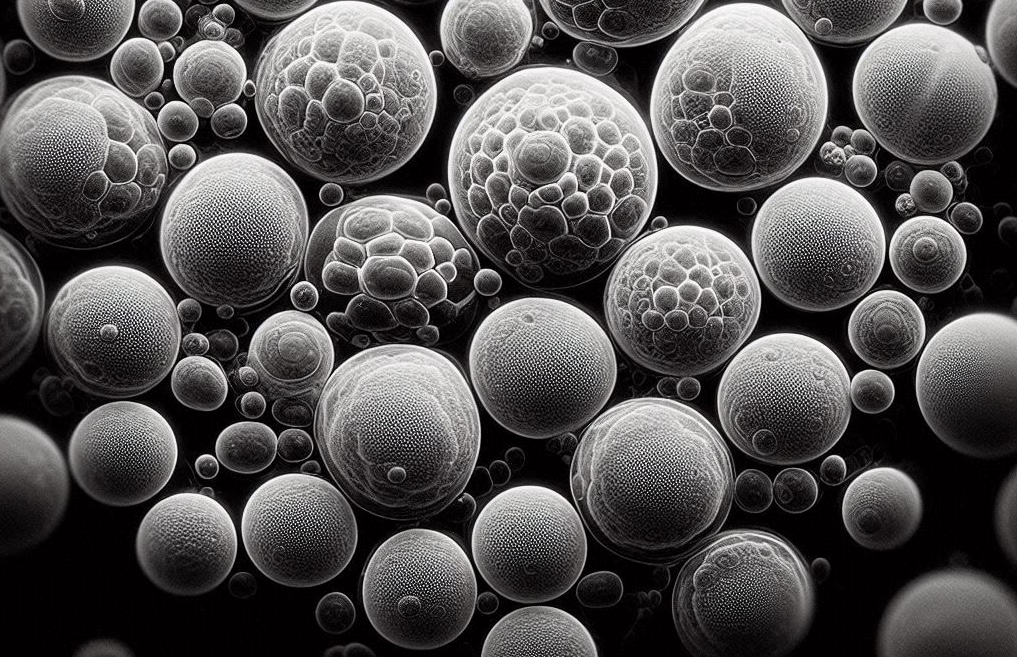The Art of Embryo Grading: A Comprehensive Guide to Understanding Embryologist Evaluations
Introduction
In vitro fertilization (IVF) relies heavily on the quality of embryos, making embryo grading a critical step in the process. Embryologists assess embryos at various stages, including cleavage-stage embryos (days 2-3) and blastocysts (days 5-6). Here, we'll explore the grading systems for both cleavage-stage embryos and blastocysts, helping you understand how embryologists evaluate embryo quality.
Cleavage-Stage Embryo Grading (Days 2-3)
The grading system assesses cleavage stage embryos on a scale from 1 to 5, considering:
-
Cell number and growth rate
-
Cell size and uniformity
-
Fragmentation (cellular debris)
-
Blastomere clarity and shape
Grade 1: Ideal Embryo
-
4-5 cells on day 2, 8-10 cells on day 3
-
Even cell size, minimal fragmentation (<10%)
-
Clear, rounded blastomeres
Grade 2: Good Embryo
-
3-4 cells on day 2, 6-8 cells on day 3
-
Slight variation in cell size, moderate fragmentation (10-20%)
-
Mostly clear blastomeres
Grade 3: Fair Embryo
-
2-3 cells on day 2, 4-6 cells on day 3
-
Noticeable variation in cell size, significant fragmentation (20-30%)
-
Some cloudy or irregular blastomeres
Grade 4: Poor Embryo
-
1-2 cells on day 2, <4 cells on day 3
-
Significant variation in cell size, extensive fragmentation (>30%)
-
Mostly cloudy or irregular blastomeres
Blastocyst Grading (Days 5-6)
The Gardner blastocyst grading system evaluates two main components:
1. Expansion (1-6)
-
1: Early blastocyst, minimal expansion
-
2: Blastocyst with cavity filling more than half the embryo, moderate expansion
-
3: Blastocyst with cavity filling the full embryo
-
4: Fully expanded blastocyst
-
5: Hatching blastocyst
-
6: Completely hatched blastocyst
2. Inner Cell Mass (ICM) and Trophectoderm (TE)
- ICM:
A -- numerous, tightly packed cells,
B -- few, loosely packed cells), or
C -- very few cells
- TE:
A -- many cells, compact,
B -- few cells, loose, or
C -- very few cells
Interpreting your embryo grading report
-
4AA-6AA: High-quality blastocysts
-
3AB-5BC: Good-quality blastocysts
-
2CC-4CC: Fair-quality blastocysts
-
1-2: Poor-quality blastocysts
What Embryologists Look For
When grading embryos, embryologists consider:
-
Cell number, growth rate, and uniformity
-
Fragmentation and blastomere clarity
-
Blastocyst expansion, ICM, and TE quality
Why Embryo Grading Matters
Embryo grading helps embryologists:
-
Select the best embryos for transfer or cryopreservation/freezing
-
Identify potential issues with embryo development
-
Provide personalized guidance for patients
It is worthy of mention that, from genetic studies, not all high/good quality embryos are genetically normal and not all poor-quality embryos are abnormal. Embryo grading helps embryologists to select the most advanced and well-developed embryo for transfer or freezing and may not necessarily be an indicator of the genetic makeup of the embryo. To know if an embryo carries the correct number/set of chromosomes, a preimplantation genetic testing (PGT) will need to be performed on the embryos.
Conclusion
Embryo grading is a meticulous process, and understanding both cleavage-stage and blastocyst grading systems provides valuable insights into embryo quality. By knowing how embryologists evaluate embryos, patients can make informed decisions about their IVF journey. Consult with our fertility specialists to discuss your individual situation and treatment options.


